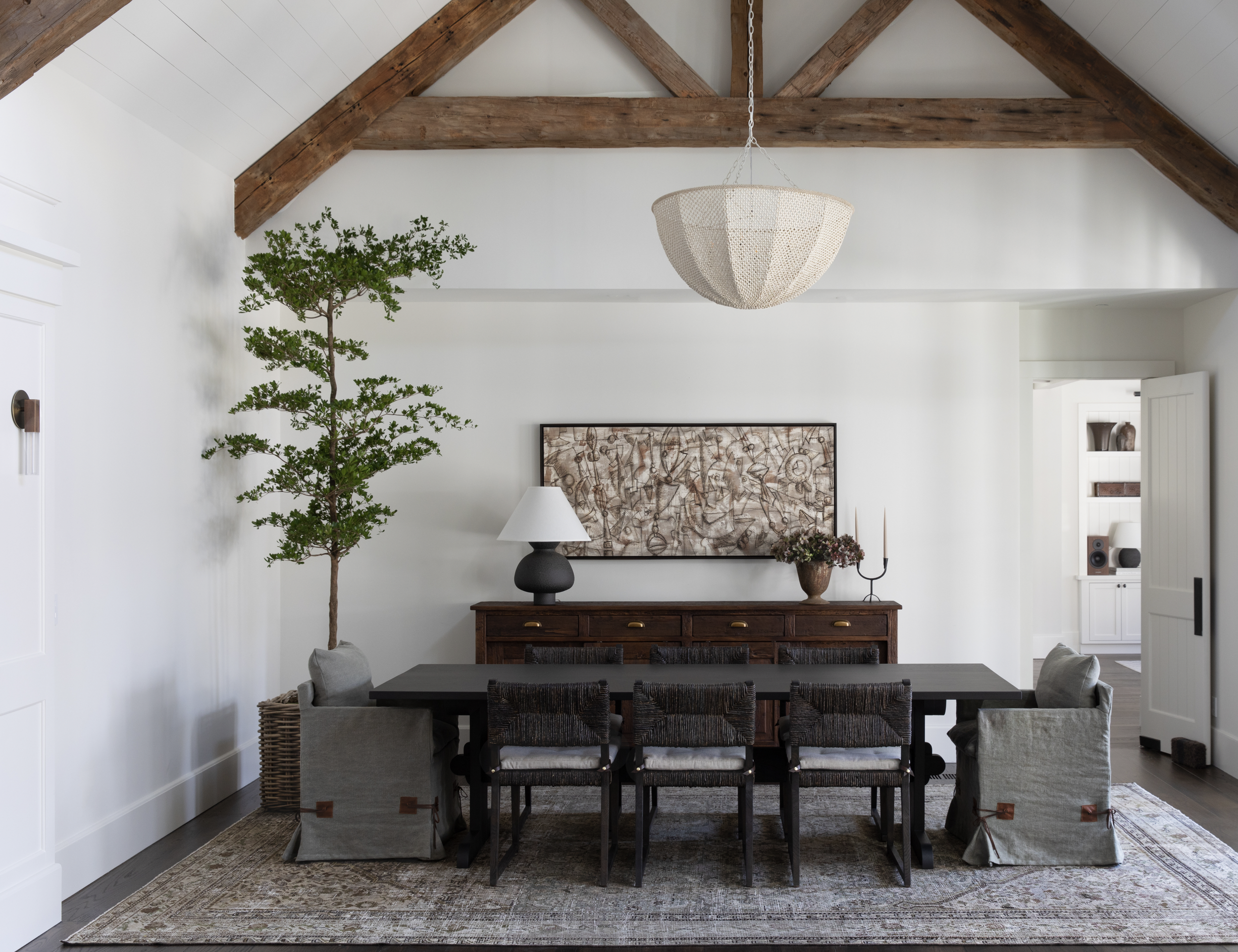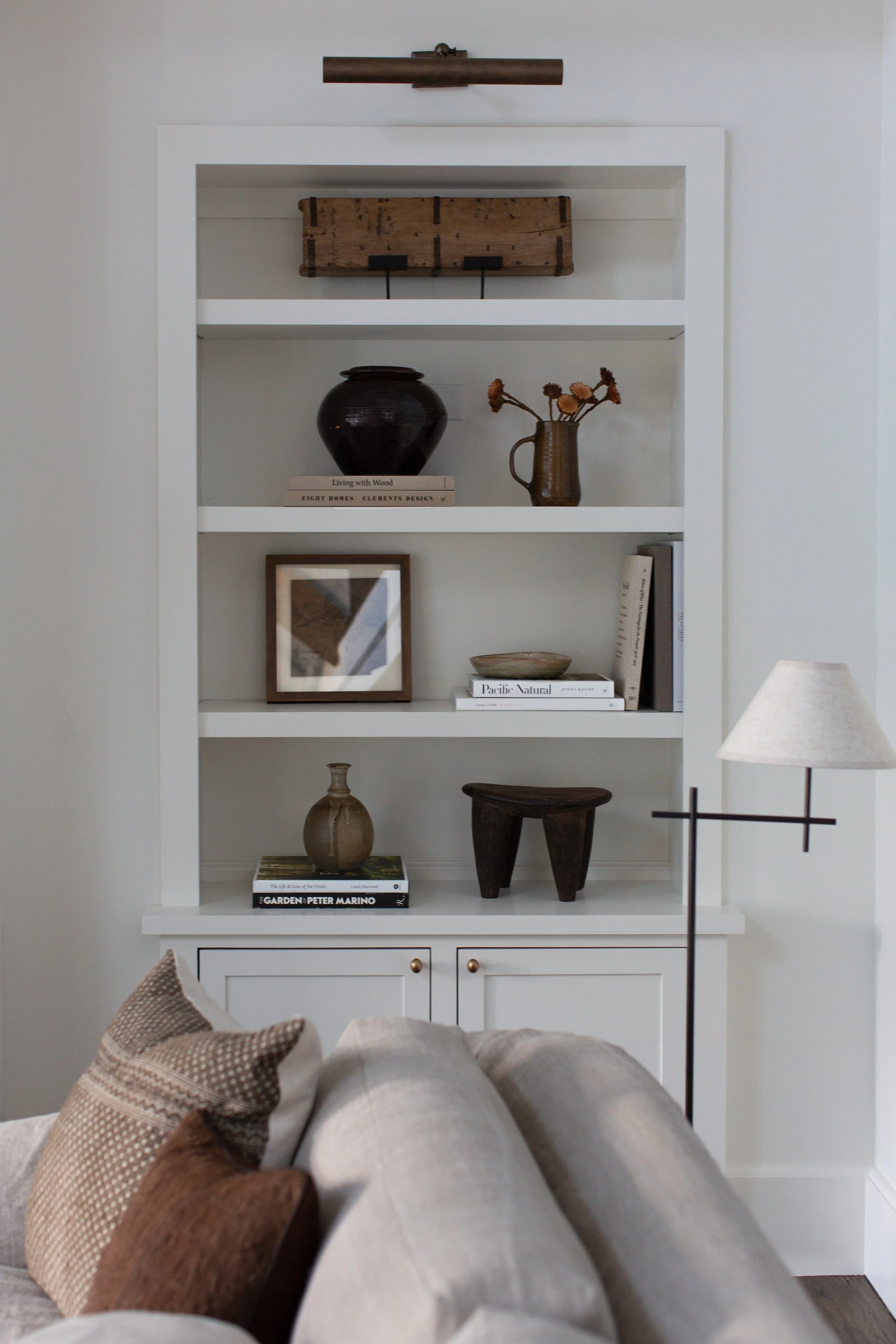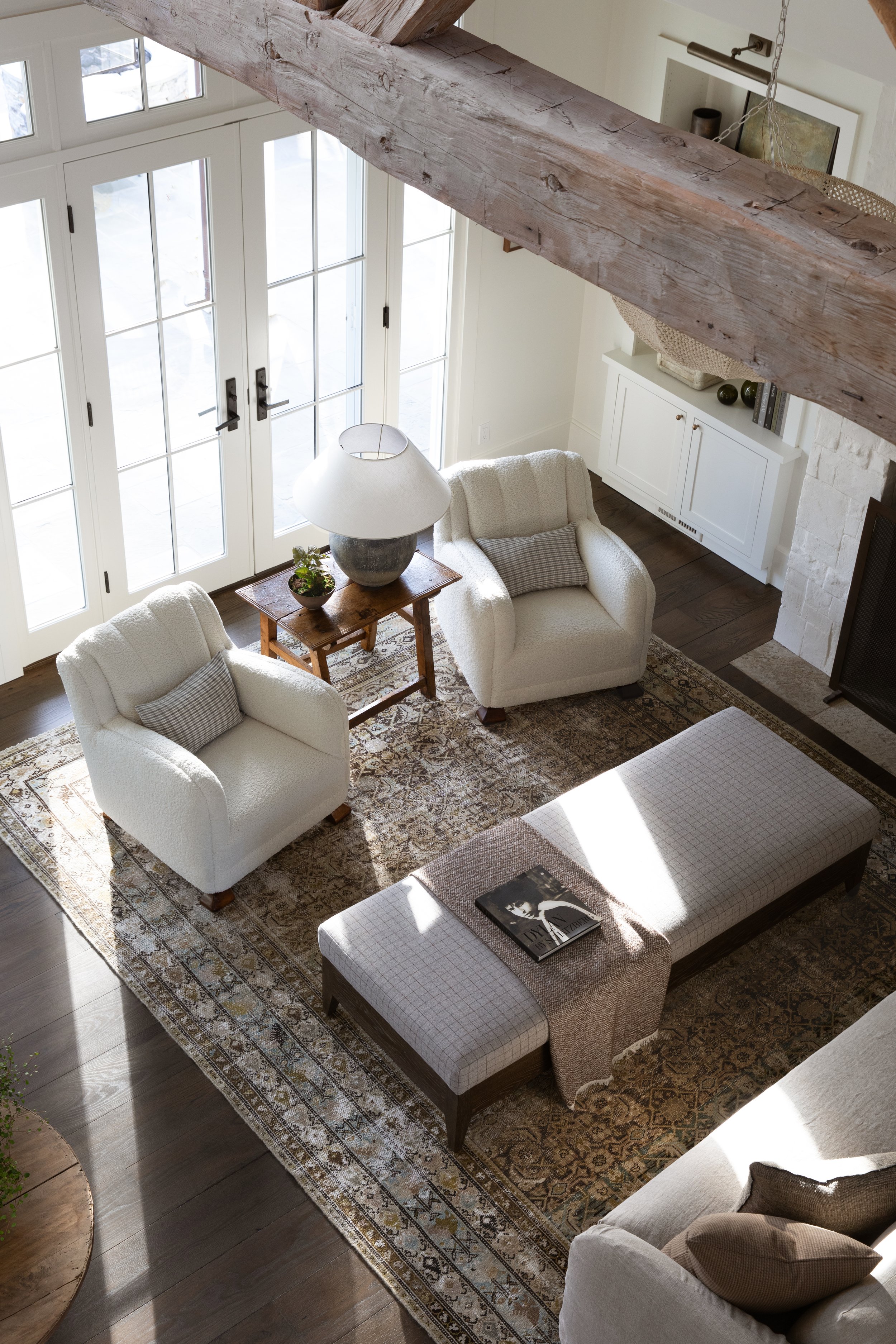Lighting Design: our Woodside Manor Project
Intro.
Let’s chat about one of the most important things in interior design: lighting. It sets the tone of the space! When thinking about lighting, I first and foremost recommend opening up the window coverings to see what the space feels like with only natural light. Having great natural sunlight like we do here in Northern California is so great, and sometimes, that's all you need. Below I’ve outlined the basic guidelines I follow when it comes to designing lighting in a home.
1. Consider the Environment
How is the space going to be used? Is it a more functional, task oriented (like a kitchen), or is it somewhere like a bedroom that you want to be more moody? Clarifying whether your space needs task, accent, ambient, or decorative lighting will help guide design decisions.
2. Use a mix of lighting types
This might sound controversial, but including overhead lights is important (even though they get edited out of design magazines!!). Of course, I never have them on full blast, and do tend to keep the bulbs a little warmer. Using a mix of lamps and sconces is also key. In most of our living rooms and dining rooms we use a chandelier, 1-2 table lamps, and candlelight, to create a moody feeling for cozy conversations and dinner parties.
3. Add a dimmer
Whenever we get lamps that don’t have a dimmer, we'll have them rewired to add one. I know this sounds like a lot of extra work, but keep in mind that it's not often you want a lamp on full blast. Trust me, it’ll be worth it!
4. Incorporate lighting as art.
You may wish to include a chandelier or a sconce that is purely for artistic purposes — we do that all the time! For example, having a chandelier floating in a space can create an important design element on it’s own regardless of its function.
Like I said before, lighting really sets the tone of the space. If you think through your needs before selecting lighting, and make choices that can adjust to your mood, your home will be beautifully lit in no time.
xx
Emily








